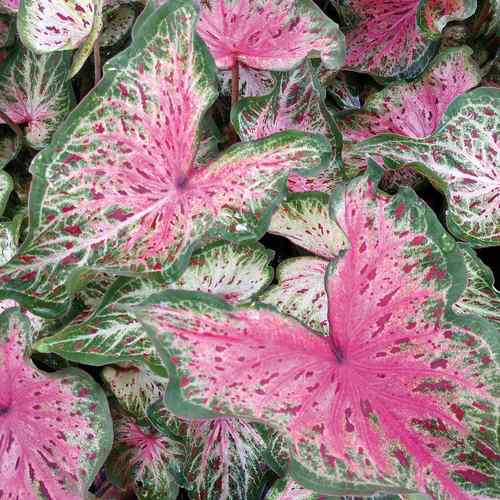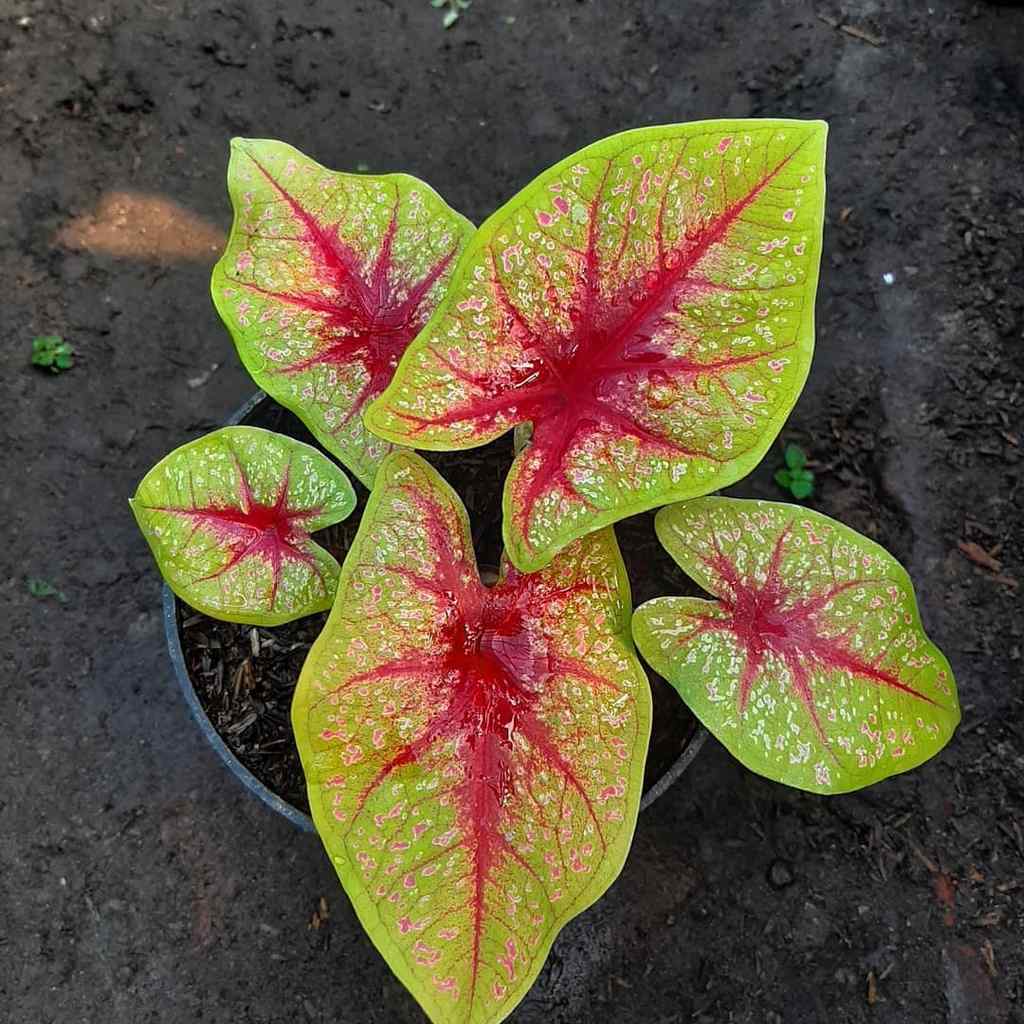Now you must be wondering, what are non-green plants? Sounds ridiculous to you? This article will show you that they exist and are around us too! We believe every home should have at least one potted plant, preferably two, three, or even four. Living greenery offers a level of interest to a space that static, mass-produced decorations can never hope to match. This interest contributes to the rooms overall sense of calm and relaxation. Suppose you enjoy collecting plants but dont want the colour green to take over your spaces design. In that case, you might want to consider incorporating foliage in various colours into your collection. Who says those with a green thumb cant expand their horizons? The following is a list of the best non-green plant names and descriptions that may be grown at home or in a garden. These plants range in colour from fuchsia and red to lavender, yellow, and even absolutely black.
The leaves of this small but elegant tree, native to Japan, China, and Korea, can change colour throughout the year depending on the specific variety and the time of year. For example, some types produce orange or red leaves in the summer, which mature into brilliant sprays of purple, gold, or bronze in the fall. Both seed and grafting are viable methods for propagating Japanese Maple plants. However, the process of propagation that uses sources is less complicated and may be carried out at home by even inexperienced gardeners.
When we think of plants, green usually springs to mind. After all, green stems, leaves, and flowers characterize most plants. But the plant kingdom contains surprisingly diverse species that break the green mold with their colorful foliage. Let’s explore some of the most striking non-green plants that add splashes of color to gardens, landscapes, and interiors.
Why Are Plants Usually Green?
Green pigments called chlorophyll give most plants their verdant hue. Found in plant cell chloroplasts, chlorophyll absorbs sunlight and converts it into energy through photosynthesis. This provides plants with fuel for growth and reproduction.
In most plants, abundant chlorophyll hides other pigments. But some plants also contain non-green pigments called anthocyanins and carotenoids. By producing more of these other pigments, some plants exhibit beautiful non-green colors.
Vibrant Flowering Plants
Many prized flowering plants also boast non-green foliage Some top picks
-
Coleus – This common ornamental has leaves ranging from deep purple to hot pink, mint green, and cream. Some varieties have multicolored leaves. Coleus thrives in shade with minimal watering.
-
Iresine – Also called bloodleaf, iresine herbs and shrubs have brilliant red, orange, yellow, and pink leaves. Iresine likes full sun and moist soil.
-
Alternanthera – Grown for vivid foliage, alternanthera leaves come in burgundy, pink, yellow, and other hues It makes a nice container or border plant
-
Persian Shield – The iridescent purple leaves of Persian shield are dramatic. Its shimmery foliage looks beautiful with flowers and tropical plants.
Trees and Shrubs
Some trees and shrubs also naturally sport non-green leaves:
-
Japanese Maple – Desired for fall foliage, Japanese maple leaves turn vibrant red, orange, or yellow in autumn. Some have burgundy or nearly-black leaves all summer.
-
Smokebush – As its name implies, this deciduous shrub has large, smoky-looking flower plumes in pink, purple, and red, contrasting beautifully with the olive-green leaves.
-
Ninebark – A tough, low-maintenance North American native, ninebark has reddish-purple to chartreuse-yellow leaves depending on variety.
-
Fothergilla – This spring-blooming shrub has striking blue-green foliage that turns vibrant red, orange, and scarlet in fall. The pale flowers add more color.
Tropical Houseplants
The hot pinks, vibrant reds, and deep purples of tropical plants add drama indoors. Some top choices:
-
Croton – Native to Indonesia, crotons have large, waxy leaves in an endless mix of colors, shapes, and patterns. Popular houseplants, crotons need ample light.
-
Caladium – Featuring heart-shaped leaves, caladium comes in countless color combos. Whites, reds, pinks, greens, and multicolored types exist.
-
Polka Dot Plant – This houseplant lives up to its name with white, pink, and red splashed leaves. It looks lovely in hanging baskets and pots.
-
Ti Plant – Beloved for its shade tolerance, ti plant has colorful burgundy, pink, and ivory variegated leaves.
Non-Green Doesn’t Mean No Chlorophyll
While vibrantly colored, many of these plants still contain hidden green chlorophyll beneath other pigments. Others may photosynthesize through green stems while producing colorful leaves in ample light. Only a handful of specialized plants, like ghost plants, completely lack chlorophyll.
So explore beyond green to appreciate plants’ diverse palette! Non-green species add striking visual interest to outdoor and indoor plant displays.

b. Heart & Soul

The abstract heart-shaped leaves of Heart & Soul, which come in various colours, including green, white, pink, and red, give the plant a striking appearance wherever it travels.
c. Tears Of the Sun

The giant leaves, shaped like hearts, are lime green outside and have bright pink spots in the centre and around the veins.
BEWARE! DO NOT Buy These 11 Plants at the Garden Center / Invasive Plants That Spell Trouble
FAQ
Are there any plants that are not green?
A few examples of these non-photosynthetic plants you’ll find within your Metroparks are the ghost pipe (Monotropa uniflora), American cancer root (Conopholis americana), dodder (Genus: Cuscuta), and spotted coral root (Corallorhiza maculata).
What are the non-green plants?
Plants which do not have chlorophyll are called non-green plants. They cannot make their own food and usually absorb food from other plants, dead animals or stale food. One type of non-green plant is fungus. Mushroom, toadstools and mould are also example of non-green plants.
Are some plants not green?
Of course, plants don’t always have to be green, it’s just that the vast majority of them do. There are species of plants which appear yellow, or others with have purple or darker colors.
Which of the following plants is not green in color?
Complete answer: The non-green plant that we consume is the mushroom. The presence of chlorophyll pigment provides green color to the plant.
